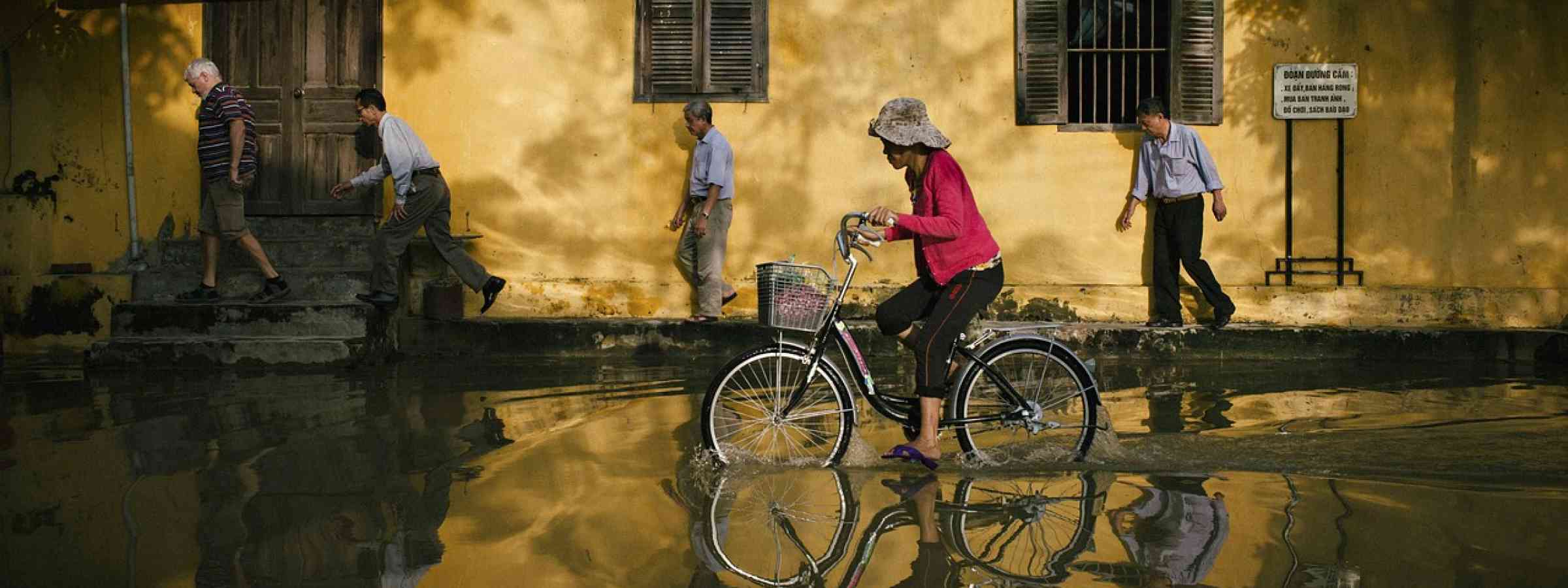A forensic analysis aims to uncover and understand the root causes and risk drivers that contribute to disasters. This comprehensive approach integrates various disciplines and actors, ensuring that all dimensions of disaster risk are considered, including environmental and socio-economic factors. By identifying these root causes, forensic investigations help to develop targeted strategies to enhance resilience.
The analysis focuses on the intensity, distribution, and impact of triggering events. Assessing pre-existing vulnerabilities, exposure conditions, and immediate causes of devastation provides critical insights for risk reduction and mitigation. Understanding how development processes contribute to disaster risk is crucial, underscoring the importance of sustainable development for disaster risk reduction. This involves analysing population dynamics, territorial expansion, and ensuring safe and sustainable land use. The effectiveness of zoning regulations, land use controls, and infrastructural codes is also examined, along with the role of socio-economic structures, poverty, and environmental degradation in contributing to disaster risk.
Forensic Analysis
The following questions outline a simplified questionnaire for conducting a forensic analysis of any disaster. The questions follow the three key steps used in the FORIN (Forensic Investigations of Disasters) methodology.
STEP ONE – UNDERSTANDING THE DISASTER DNA
Analyze the specific hazard, exposure and vulnerability factors that made this disaster unique and significant. This involves a descriptive analysis of hazard, exposure, unsafe conditions and subsequent patterns of damage, loss and impact
What happened? (Hazard)
- What triggered the event?
- Did the primary event lead to related secondary events? For example, did the earthquake cause landslides or dam failures which resulted in flooding?
Where was the damage concentrated? (Exposure)
- How were social and environmental elements exposed?
- How has the exposure evolved over time and space in relation to planned or unplanned development and physical threats?
- Were zoning regulations, land use controls and infrastructural codes adequate for existing risk levels in different areas?
- Were changes in exposure levels due to social decisions on location or changes to the physical environment? What was the role of deforestation, urban design and construction, or even climate change?
- What was the social and economic structure of the exposed communities?
- How were loss and damage distributed across different areas, social groups, and types of infrastructure?
- What factors influenced territorial expansion? Were the safer areas occupied before the more hazard-prone areas?
- Did environmental laws and norms address hazard and vulnerability concerns?
- Was there a clear relationship between exposure to hazards and poverty levels? How did chronic risk factors (unemployment, poor health, drug addiction, or personal and social violence) increase disaster risk and impact?
- Does appropriate legislation exist at national and local levels, including building codes, enforcement and specificity on risk management issues?
- Is insurance available for loss or liability? Is it required?
- Was Disaster Risk Management (DRM) integrated into other policy areas such as urban planning, environmental management, and insurance?
- Are there research and educational capacities focusing on risk awareness and insurance cover?
Who suffered most and why? (vulnerability)
- How did past population growth and distribution contribute to the disaster?
- How did environmental degradation and depletion of ecosystem services play a role?
- What were the impacts of poverty and income distribution?
What was resilient?
What were the institutional and governance elements that contributed to resilience?
Result of Step 1 =Identification of the key DNA strands (unique inflection points) that made this disaster unique. The inclusion of disaster narratives and conversations with impacted people can deepen the analysis and provide a reality check for proposed risk reduction actions.
STEP 2 – FUTURE TRENDS
Look deeper at the identified key areas of disaster DNA and predict potential future trends up to 2050. For example, if urbanization and informal settlements were major contributors to flood damage, then what are the current and likely future trends for urbanization and informal settlements?
Result of Step 2 = Conduct a future foresight analysis to identify which areas of current risk are likely to increase in the future.
STEP 3 – FORENSIC LEARNING
Facilitate a multi-stakeholder discussion to review and refine the analysis, co-creating potential policy and practical actions to reduce the risk associated with each identified DNA strand, considering the disaster’s impacts and future scenarios.
